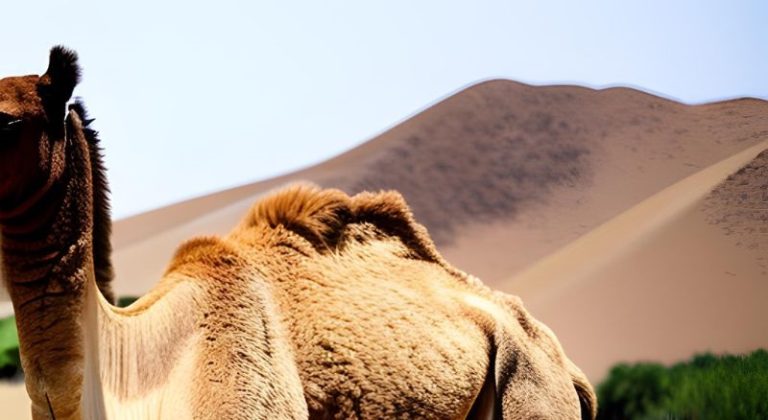About The Majestic Mongolian Camels
Mongolian camels, also known as Bactrian camels, are a fascinating and important part of the rich cultural heritage of Mongolia. These hardy, resilient animals have played a crucial role in the lives of the nomadic peoples of the region for thousands of years. In this article, we will delve into the world of the Mongolian camel, exploring their unique characteristics, history, and the role they play in modern Mongolia.
The Bactrian Camel: A Unique Species
Bactrian camels are one of the two surviving species of camels, the other being the dromedary camel. Native to the cold deserts of Central Asia, Bactrian camels are easily distinguishable from their dromedary counterparts by their two humps, compared to the dromedary’s single hump. These humps store fat, which can be converted into water and energy when food and water are scarce, enabling them to survive in the harsh conditions of the Gobi Desert and other arid regions of Mongolia.

Rich History: The Silk Road Connection
Mongolian camels have played an essential role in the history of the Silk Road, which connected China with the Mediterranean Sea. For centuries, these resilient animals were used as pack animals to transport valuable goods, such as silk, spices, and precious metals, across vast distances. Their ability to withstand extreme weather conditions, carry heavy loads, and travel long distances without water made them indispensable to traders.
Pillar of Mongolian Culture
Mongolian camels hold a special place in the hearts of the Mongolian people, and their cultural significance extends far beyond being mere beasts of burden. Here are some intriguing facts about the role of these majestic creatures in Mongolian culture:
- Symbol of Hospitality: In Mongolian culture, offering a guest a cup of camel milk is a traditional symbol of hospitality. It reflects the deep respect and warm welcome that Mongolians extend to visitors. This gesture highlights the essential role that camels play in facilitating human connections in the vast Mongolian steppes.
- Camels as Pack Animals: Mongolian nomads rely on camels not only for transportation but also as pack animals for their essential belongings. Camels can carry heavy loads over long distances, making them indispensable for the nomadic lifestyle. This traditional use of camels has persisted for centuries.
- Camel Wool and Products: Mongolian camels provide more than just transportation. Their wool, known as “camel cashmere,” is highly prized for its softness and warmth. It is used to make traditional clothing like the deel, which is a long robe worn by Mongolians.
- Spiritual Significance: In some Mongolian communities, camels are believed to possess spiritual qualities. They are associated with protection and are sometimes featured in religious rituals and ceremonies. Camels are seen as guardians of the people and their herds.
- Camel Milk as a Nutritional Staple: Camel milk is a nutritious staple in the diet of many Mongolian nomads. It contains essential nutrients and is particularly valuable during the harsh winters when other food sources may be scarce. Its consumption has helped Mongolian nomads thrive in their demanding environment.
- Camels in Art and Literature: Mongolian camels have inspired artists, poets, and writers throughout history. They are often featured in traditional Mongolian art, songs, and folklore. Their enduring presence in Mongolian culture is a testament to their importance.
Camel Festivals and Racing
Mongolia celebrates its camels with various annual festivals, such as the Thousand Camel Festival, which takes place in the Gobi Desert. These events showcase traditional camel racing, herding competitions, and performances of Mongolian throat singing and dance. The festivals not only highlight the cultural importance of camels but also promote their conservation and sustainable use.
Conservation and the Future of Mongolian Camels
In recent years, there has been a decline in the Bactrian camel population due to habitat loss, climate change, and overhunting. Conservation organizations and the Mongolian government have been working to protect the species and promote sustainable herding practices. Efforts include breeding programs, education initiatives, and the establishment of protected areas to preserve the camels’ natural habitat.
Conclusion
The Mongolian camel, with its fascinating history, unique characteristics, and cultural significance, continues to captivate those who encounter these majestic animals. As efforts to preserve and protect the Bactrian camel continue, it is essential that we appreciate and respect the vital role they have played in the history and culture of Mongolia. By doing so, we can ensure that future generations will have the opportunity to witness the beauty and resilience of these remarkable creatures.







